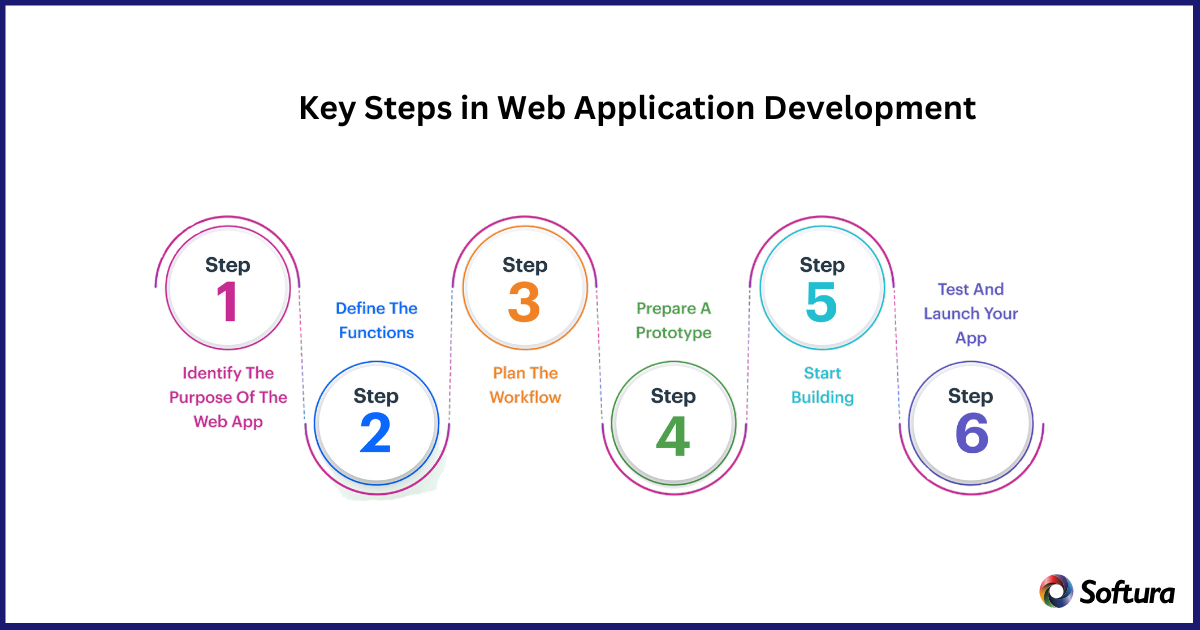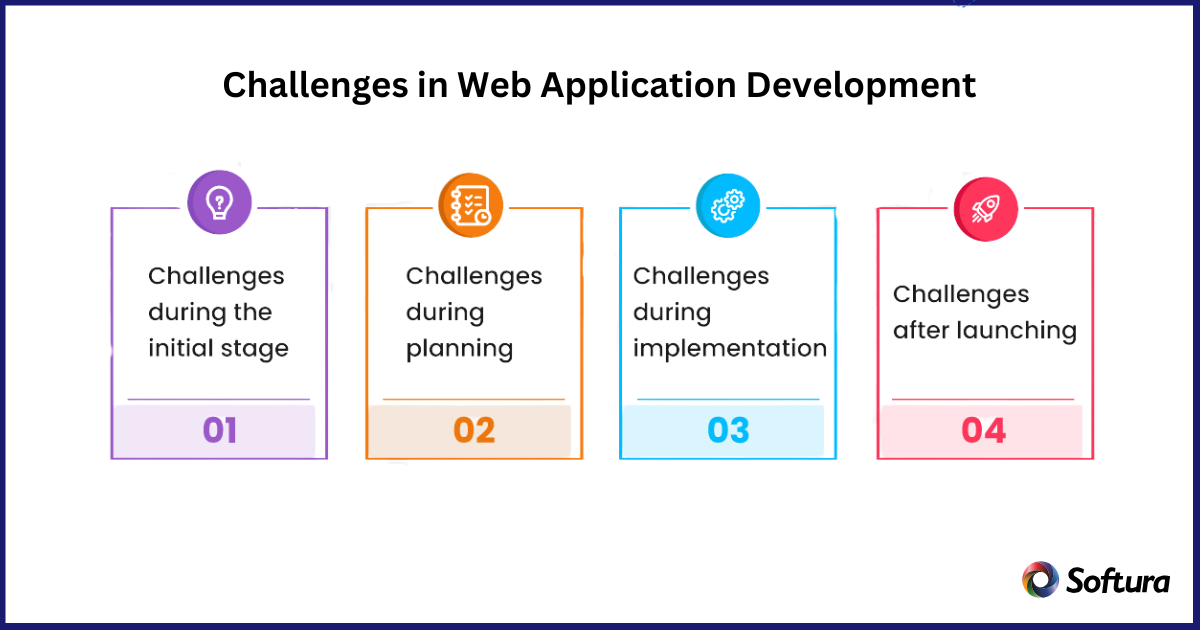"Our integration with the Google Nest smart thermostats through Aidoo Pro represents an unprecedented leap forward for our industry."
- Antonio Mediato, founder and CEO of Airzone.
The world we live in is driven by online interactions—be it shopping, learning, or managing businesses. Yet, many overlook the complexity behind the tools that make these interactions possible: web applications.
If you've ever wondered how to bring your business closer to customers or solve operational challenges with technology, understanding web application development services is your gateway.
In this guide, we’ll break down everything you need to know about creating impactful web applications, why businesses need them, and how to choose the right development partner.
At its core, web application development involves designing, building, and maintaining web-based software that runs on a browser.
Unlike traditional desktop applications, web apps do not require downloads and can be accessed from any device with an internet connection.
Common examples include Gmail, Trello, and Amazon’s e-commerce platform.
Web applications serve a variety of purposes, such as:
A robust web application development service ensures seamless user experiences, scalability, and top-notch security.
"Our integration with the Google Nest smart thermostats through Aidoo Pro represents an unprecedented leap forward for our industry."
- Antonio Mediato, founder and CEO of Airzone.
Web applications are no longer optional but essential for businesses looking to thrive in a competitive digital landscape.
Here are a few compelling reasons:

"By analyzing the data from our connected lights, devices and systems, our goal is to create additional value for our customers through data-enabled services that unlock new capabilities and experiences."
- Harsh Chitale, leader of Philips Lighting’s Professional Business.
To ensure the success of your project, here are the essential stages of web application development:
Understanding the business problem is the foundation. Collaborate with stakeholders to define the goals, target audience, and core functionalities.
Example: If you’re an e-commerce company, focus on features like inventory management, secure payment gateways, and a user-friendly interface.
Create a blueprint of the application’s structure. Wireframes and mockups provide a visual guide to the app’s layout and user journey.
Select the right technologies, frameworks, and tools. For instance:
Break the project into smaller sprints using agile methodologies. This ensures iterative progress and allows teams to adapt to changes efficiently.
Rigorous testing ensures your application is free from bugs, secure, and performs optimally. Types of testing include:
After launching the app, continuous monitoring and regular updates are crucial to address user feedback, security vulnerabilities, and performance enhancements.
"By analyzing the data from our connected lights, devices and systems, our goal is to create additional value for our customers through data-enabled services that unlock new capabilities and experiences."
- Harsh Chitale, leader of Philips Lighting’s Professional Business.
A high-quality web application stands out due to these core features:
Looking for Offshore Dedicated Developers?
Our skilled experts are ready to help. Let's discuss your automation needs.
"By analyzing the data from our connected lights, devices and systems, our goal is to create additional value for our customers through data-enabled services that unlock new capabilities and experiences."
- Harsh Chitale, leader of Philips Lighting’s Professional Business.
Every project comes with its hurdles. Here are some common challenges and solutions:
Challenge: Cross-Browser Compatibility
Solution: Thoroughly test your app on multiple browsers and devices.
Challenge: Security Threats
Solution: Implement SSL certificates, encryption, and regular security audits.
Challenge: Poor Performance
Solution: Optimize your code, compress files, and use Content Delivery Networks (CDNs).
Challenge: Scope Creep
Solution: Use a detailed project roadmap and stick to the requirements outlined in the planning phase.

Start Small, Scale Gradually: Test cloud solutions in a specific area, such as inventory management, before rolling them out across the organization.
Choose the Right Provider: Partner with a cloud provider experienced in manufacturing to ensure they understand your unique needs.
Focus on Security: Implement strong access controls and encryption to protect your data.
Train Your Workforce: Equip employees with the skills needed to leverage cloud technologies effectively.
Continuously Monitor Performance: Regularly evaluate your cloud systems to identify areas for improvement.
Stay ahead of the curve by embracing these trends:
Investing in a professional web application development services can significantly boost your business’s efficiency and user engagement.
From understanding your needs to delivering a secure, scalable, and feature-rich solution, the right development partner makes all the difference.
At Softura, we specialize in crafting bespoke software development tailored to your unique needs.
Let’s transform your ideas into impactful digital solutions. Reach out to us today to get started!
Are you ready for your next project?
Unlock your company's full potential with our comprehensive Offshore development services. Contact our experts today to discuss how we can drive your success together.